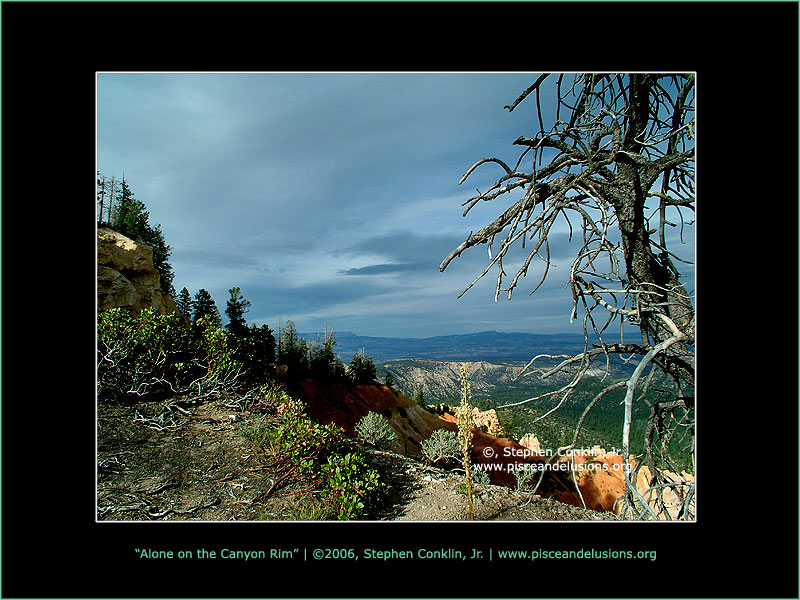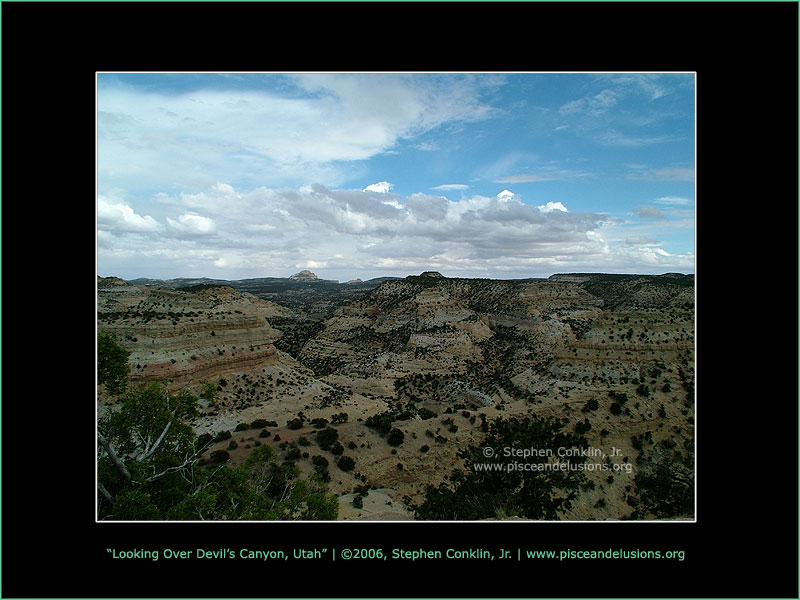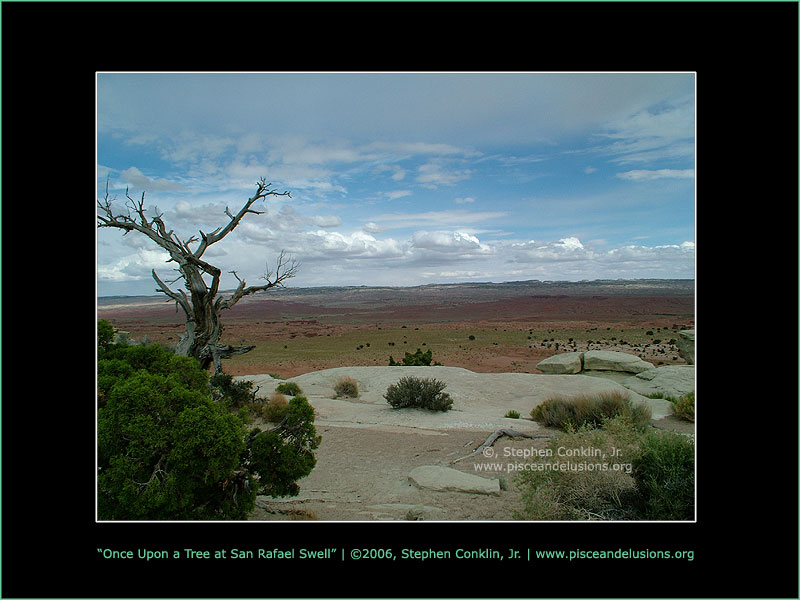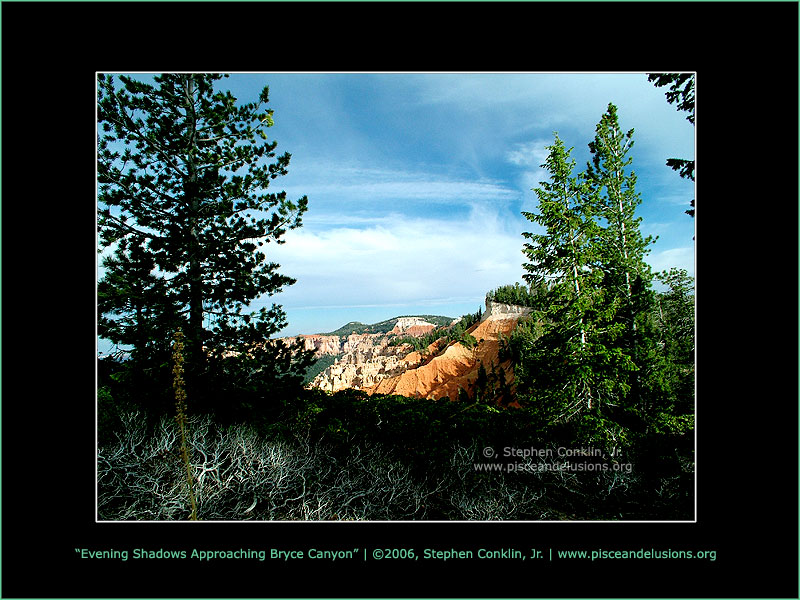
Interpretations - Sacred Knowledge - Native Americans - The California Intermountain Cultures
The California - Intermountain Cultures THE CALIFORNIA CULTURE The California Indians lived in a culture where food was plentiful and the land was rich. Because of this, these Indians had much less trouble finding food than some of the other Indian cultures. Acorns were a very important part of the California Culture. In the fall they would harvest the acorns from oak trees. Gathering was mostly done by women, but men and boys would climb the tree and shake the branches so the nuts would fall. Then the acorns were dried, taken out of their shell, and pounded into flour. This was then put into a round hole in the sand. Hot water was poured into it to rinse out the acid. This was boiled in a basket using hot rocks because the basket could not be put over the fire without burning it. This paste was very healthy for the Indians. It could be dried and eaten raw, boiled as porridge, or mixed with water and served as soup. The Indians of California lived in communities that had up to 2,000 people. Their houses were arranged in groups. The houses were round frames covered with grass. There was a hole in the roof where light could enter. The beds were made on frames with skins to cover them. Each bed had a divider between it so that if many people slept in one house they could not see each other. In the middle of the floor they made a fire for cooking seeds, fish, and other foods. All of the California Indians were basket makers, but no tribe was as accomplished in this as the Pomos. They made baskets as large as 3 feet wide and as small as a thimble. Some of their baskets were covered with shells, others with feathers. They not only wove baskets, but hats, trays, cooking pots, boats, and baby carriers. INTERMOUNTAIN CULTURE The Intermountain Culture, also known as the Great Basin, was found between California and the Rocky Mountains. This land was mostly desert land. The land itself contained large hills, some as much as a mile high with valleys in between. In some of these valleys an oasis could be found. An oasis was a spot in the desert that contained water, plants, and wildlife. Because these Indians lived in a desert-like environment, food was hard to find. This meant they had to constantly move in order to find food. Because of this, their homes were temporary structures. Willow branches were leaned together with bundles of twigs, branches, and reeds to cover them. Winter was the hardest. Storms blasted the desert and snow fell. Some Indians would camp near a marsh where possibly seeds and nuts left over from fall could be found. Meat was hard to find in the winter. Kangaroo rats, field mice, ground squirrels, and gophers were in underground burrows for the winter. Men would try to "drown out" an animal in a burrow by pouring water into the hole. When the animal came out of the burrow, they would shoot it with their bow and arrow. Fish was safe under a coating of ice. Men had to hunt long and hard just to find a rabbit or two. Lots of times the hunters would lose the rabbit to another of its enemies--the coyote. The Indians would not kill the coyote because they believed it to have special powers. During this time the women would pound plants into shreds and weave it to make shirts, blouses and skirts. Baskets were also woven during the winter months. The Indians in this culture were well-known for their baskets. Indians from the Southwest culture would come north to trade for the baskets. When spring came, so did the ground squirrels. These animals were an important source of food. Geese, mallards, and other waterfowl would return. The Indians would put small bundles with feathers in the water to trick the birds into thinking it was a safe place to land. In late spring fish would be swimming upstream to lay their eggs. Men would stand in the water and spear them. Women waited on land to gut the fish and dry them out. During the summer the Indians would harvest rice grass and cattails. Rice seeds and cattail pollen was made into a dough for cakes which were loved by the children. September was the best month of all. This was when the Intermountain Indians moved to the sides of the hills to gather pine nuts. Boys would climb the trees and shake the branches. Young girls would carry baskets of nuts to the camp where the older women heated the nuts to loosen the seeds. Like the California Indians, there were several way to eat the seeds. In November was the rabbit hunt. These Indians would trap the rabbits by making nets up to 500 feet long. They would chase the rabbits into nets where they would be caught and killed with clubs or bows and arrows. This was an important time because the meat was important. The pelt was important too. It took 100 rabbits to make one coat for winter. Throughout the year the Indians would move from one part of the area to another. Sometimes a spot that had a large lake the year before would be dried up. Spots where berries grew one year would have none the next. Pine trees might be full of nuts one year and have none for the next three years. For this reason this was the hardest culture of all to live in. In l848 when gold was discovered in San Francisco the lives of these Indians changed forever. White man came through their land looking for gold and silver. The pine trees were cut down and used for fuel to burn. Horses and cattle trampled the seeds that lay on the ground. White man's diseases killed thousands of Indians. These Indians never tried to fight the white man. They were not warriors, and so they kept moving and moving to new areas. Some Indians were forced to live outside of white settlements and beg food for their families. Others were taken as slaves to be married to white men to be used as housekeepers and to skin animals for their husbands.
"Alone on the Canyon Rim" | ©2006, Stephen Conklin, Jr. view larger size | order online
"Looking Over Devil's Canyon, Utah" | ©2006, Stephen Conklin, Jr. view larger size | order online
"Once Upon a Tree at San Rafael Swell" | ©2006, Stephen Conklin, Jr. view larger size | order online
"Evening Shadows Approaching Bryce Canyon" | ©2006, Stephen Conklin, Jr. view larger size | order online
|
||||||||||
©2002-2024, ~piscean ♓ delusions | page updated 10-8-2010, 12:03 pm |
| store |
art & design
|
| photo gallery |
| image gallery |
| video gallery |
| website gallery |
about pisces |
| pisces traits |
| pisces profile |
| pisces astrochart |
| pisces ruling house |
| pisces ruling planet |
| pisces quality |
| pisces element |
interpretations |
| sacred knowledge |
| mystical places |
| spiritual elements |
| further resources |
everything else |
| about this website |
| other website links |
| videogame break |
| guestbook |
| contact |





